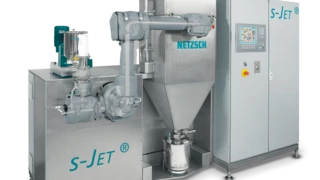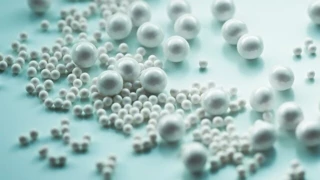
chemical industry
Hard Metals
Hard metals are used extensively for mounting tools and parts for machining, chipless profiling and abradant attrition.
Considered as composite materials, this materials group is characterized by its metallic nature and the particular combination of the properties hardness and toughness. As a general rule, hard metals are made up of 90 - 94% tungsten carbide (reinforcement phase) or other carbides, which are very hard but also very brittle, and 6 - 10% cobalt, nickel or iron, which act as binding agents or so-called durability components.

These relatively soft, ductile, low-melting-point binding agents represent the so-called fluid binding phase in which the carbide material particles are wetted during sintering.
The binding agent permeates the agglomerated particles, compacting the body through contraction of the hard materials (shrinkage) down to the smallest possible size. The hard metal carbides are surrounded by the binder metal matrix but remain separate heterogeneous metallographic constituents. In recent years hard metals have been greatly enhanced and, through new applications and continuous improvement in quality and production technology, have proven their high level of performance. This of course also increases the demands made on processing and production.














